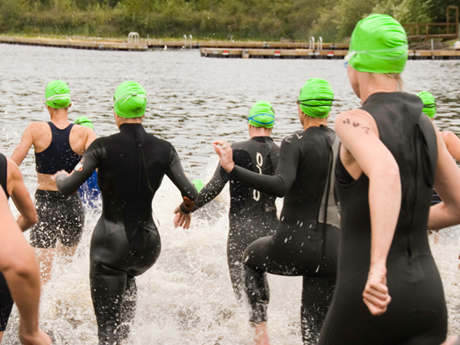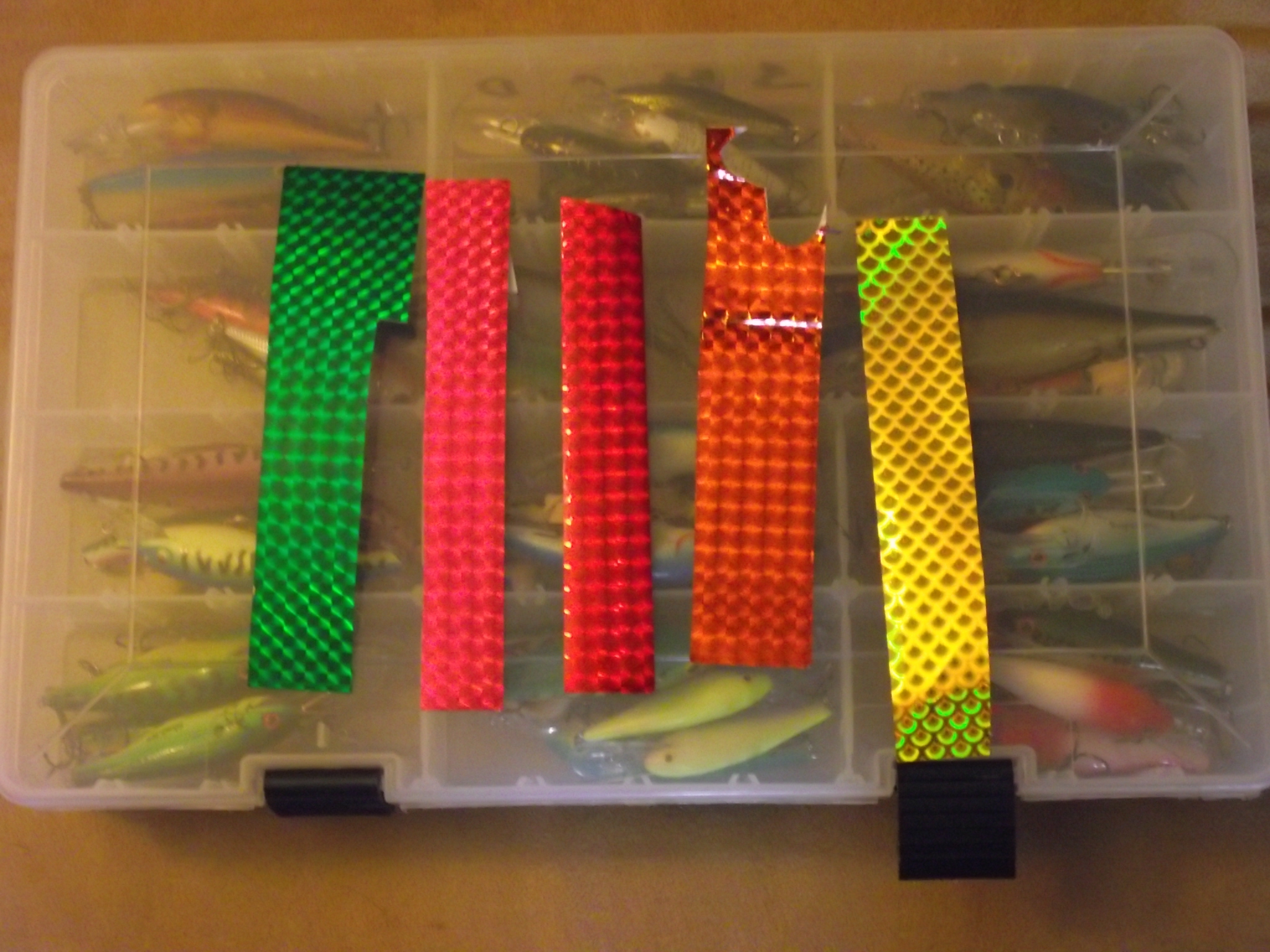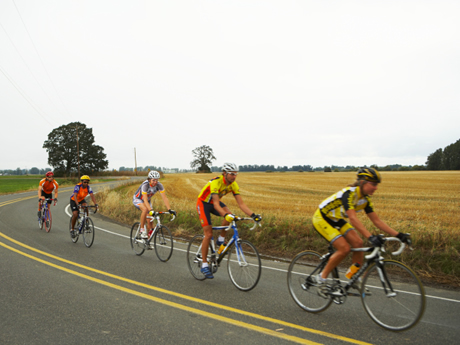Role of tight and loose head props in rucks
Question
Hi - My question relates to my twins sons who are 13 and play at tight and loose head props in junior rugby union in the UK. They have recently been selected to play at county level and seem to be picking up advanced techniques quite early. In attacking rucks, they stand 3-4m either side of the ruck waiting for a pass and drive from the scrum half. In defending rucks, they stand in the same left and right guard positions. In neither case are they entering the rucks. They have a relatively inexperienced second row who are failing to ruck at all, leaving the ball carrier exposed and resulting in turnover ball and lost possession in attack, whilst they are waiting in their attacking positions either side of the grounded player. What coaching technique should I do to ensure we do not lose possession? Whilst I am coaching the second row to ruck more effectively, should I encourage the two props to either pick and drive (which they used to do, but have since stopped) or to commit to the ruck to secure ball, or simply to continue as they are, waiting for the pass and drive? Should I encourage dynamic decision making rather than having them in fixed positions around the contact area, to let them decide whether or not to commit to the ruck. I guess the short question is, what is the role of the front row versus the second row in rucks and contact situations in defence and attack?
Thank you!
Answer
Hi Dave,
I think that you hit the nail on the head when you asked about Dynamic Decision making.
Your boys are in the tight 5 so they are key at the ruck and maul for a number of duties.
On attack they need to know when to engage the Ruck or Maul ("RM" from here out)to know when to hit the RM to create the forward drive, when to clear players off the ball or hang back to be ball carriers waiting for an off load from a half back. They may even need to be a half back. Yes a pick and drive is important but I would be looking at your half back / scrum half here. If your forwards are at a bit of a loss as to what to do next the voice that guides them should be the half back. A good HB will tell a player "get in there" or "take care of that guy", "Drive" or he might pull a player out of an RM to re-insert him at another point in the RM to counter a rolling drive. He may also instruct a player to hang back for a run.
On defense the same basic principles apply. Your boys need to know when to get engaged. Again communication from the half back and team mates helps a great deal. The forward pack as a whole needs to work out basic communication calls to make the goal of a RM clear. If I am in the depths of an RM and I have the ball I am telling my teams mates to "DRIVE" or I might scream "on me" to ask for a stripper to clear the ball out. Find your own vernacular but make the team be familiar with each other and loudly vocal. The Half Back should always get the overriding call.
Another thing they can look to do is run in loops or arcs. Young players tend to run in a straight line to the ball. This often has them arrive at an RM offside or at such and angle that they are of no use as a runner or to add momentum to the drive. By running in a pronounced loop they will arrive at the "Back Door" of the RM and be in a better position to asses what they need to do. If the ball is clearly out and won they need to be calling loudly for the ball and starting a run off the side of the RM - even if they do not get the ball they will make for a good decoy. If the ball is deep in the RM they know to get stuck in and get the drive on work to clear the ball back. If the RM is obviously a lost cause they need to protect the fringes for opposition runners.
Playing a "one way, every way" game will only make it clear to the opposition what your game plan is. If your team does not commit to the RM then your opposition will RM all day and win ground while putting your back line on the back foot. If your forwards over commit to the RM the opposition will fan out and have more running ball carriers in the open field while your back line has a 2 on one disadvantage. This is something to look for to your benefit when summing up how the opposition play.
Only unless you have an absolute advantage should you stick to one game plan. If your forwards are driving through a much smaller pack then use that and vise versa. The trouble comes at the end of the season in play offs when team sizes even out and a variety of strategies have to be used.
Making your half back be a little Napoleon for the forwards is a huge strength. Make sure the forwards buy in to this. It took me a little bit of time but once I swallowed my Prop pride and allowed a half back to tell me what to do in the "Fog of War" I learned to appreciate the role. When I get tired and used up my mind has a hard time making quick calls even as a veteran. A good Half back with nouse and a loud yapper is like an angel on my shoulder. An annoying and smart Alec angel but an angel non the less.
This applies to the whole forward pack and creates a team rather than a bunch of individuals.
I hope this helps, feel free to ask any follow up questions.
stand in hooker
Rugby Union vs. Rugby League


